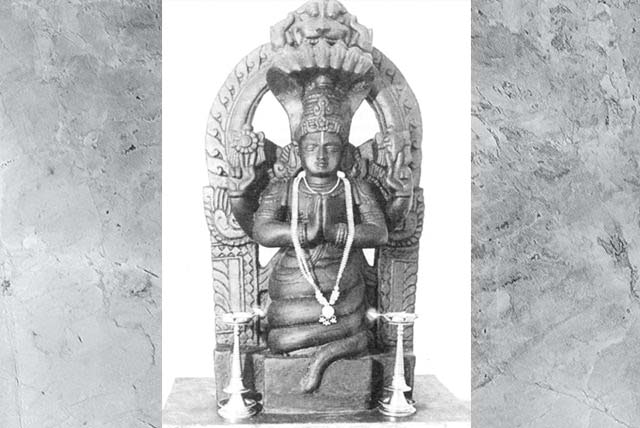Patanjali’s Yoga Sutra

Yoga was not invented by Patanjali. What Patanjali did was lay the foundation of Yoga, analyze the function of the mind and list many ways to restore an agitated mind.
The definition of Yoga by Patanjali is: Yogas-citta-vrtti-nirodhah – Sutra 1.2.
“Yoga is the ability to direct the mind exclusively towards an object and sustain that direction without any distractions. When this state of concentration is reached, then the man will join God. The final aim of Yoga is to achieve a stable mind in a healthy body. Yoga is not a religion. It is knowledge, a discipline, an experience that fits the circumstances.”
The Yoga Sutra is divided into 4 chapters or padah’s:
- SamadhiPada– It defines the end of meditation, what is enlightenment, what is Samadhi. Read more-
- SadhanaPada– It describes the way, the practice. Here are listed the 8 branches of yoga. Read more-
- VibhutiPada– It describes the effects of practice, and the superpowers of yoga. Read more-
- KaivalyaPada– It describes being liberated, moksha (freedom). Read more-
The Yoga Sutras is the foundation of Ashtanga Yoga or Raja Yoga. It can also be found in the philosophy of Samkhya, which is regarded as one of the oldest of the dualistic philosophies. Yoga comes from “yuj” that means union. Patanjali talks about the union between the individual with God’s thought and the control of the mind.
Sutra means thread. The sutras are aphorisms that bind or weave a treaty or idea. The Yoga Sutras summarizes and practices Yoga mind control (Raja Yoga) to experience Samadhi, which is the union with the absolute. They are built on a foundation of Samkhya philosophy, an orthodox (Astika) and atheistic Hindu system of dualism, and it is generally seen as a practice while Samkhya is a theory.
“The sutras (from which we get suture), links the teacher, the teaching and the student. As Yoga study and practice develop, the message of the sutra takes on a deeper resonance and becomes more relevant, more revealing. There can be no haste or exaggerated effort to gain it’s understanding; it must be a natural process.” – T.K.V. Desikachar
By Lezanne Swart
